Museum scientists were out and about during half-term week, when the I Spy…Nature pop-up museum paid a visit to Fairwater Library on 30th October. Curators from the Botany, Invertebrate Diversity and Palaeontology sections took along specimens from their collection areas to show the public, along with a microscope and quizzes to encourage them to look even closer.
Ingrid Jüttner challenged people to identify as many trees as they could, using beautiful displays of freshly-pressed leaves and fruits. This activity was a big hit with grown-ups, and it was very pleasing to see so many parents and grandparents encouraging children to learn more about these important plants, which bring our living spaces to life.
The library’s meeting room became temporary home to an impressive array of marine and mollusc specimens from the Invertebrate Diversity section. People were fascinated by the creatures on display, which evoked a range of reactions (including ‘they’re really gross!’) depending on how they felt about slugs and worms! Teresa Darbyshire showed some of the diversity of life found around our shores, with beautiful sea shells, lobster, starfish, and a pickled octopus and giant sea worm. Visitors tried their hands at identifying shells using a key, all good training for trips to the beach! Ben Rowson challenged people to identify mystery objects under the microscope, and introduced them to slug identification using his recently published book and life-like models.
Lucy McCobb showed visitors a range of fossils from different periods of the Earth’s history, ranging from an Ice Age mastodon tooth and horse’s leg bone, through Jurassic ammonites and ichthyosaur bones, to trilobites, which are among Wales’s oldest fossils. The ‘what’s in a name?’ quiz was popular with children, and asked them to use the meanings of scientific names to match up the name with the correct fossil.
This was I Spy..Nature's first venture into libraries, and showed that they have great potential as venues for taking the Museum’s collections and experts out into communities.





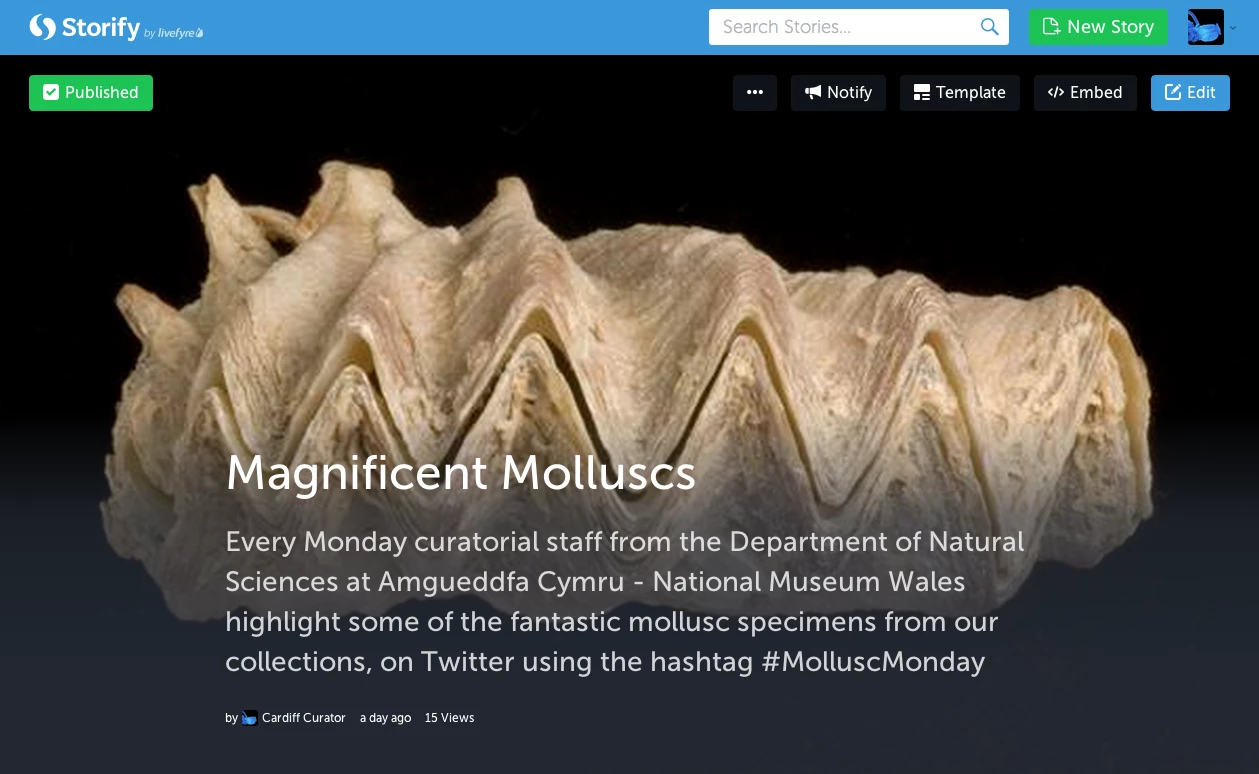
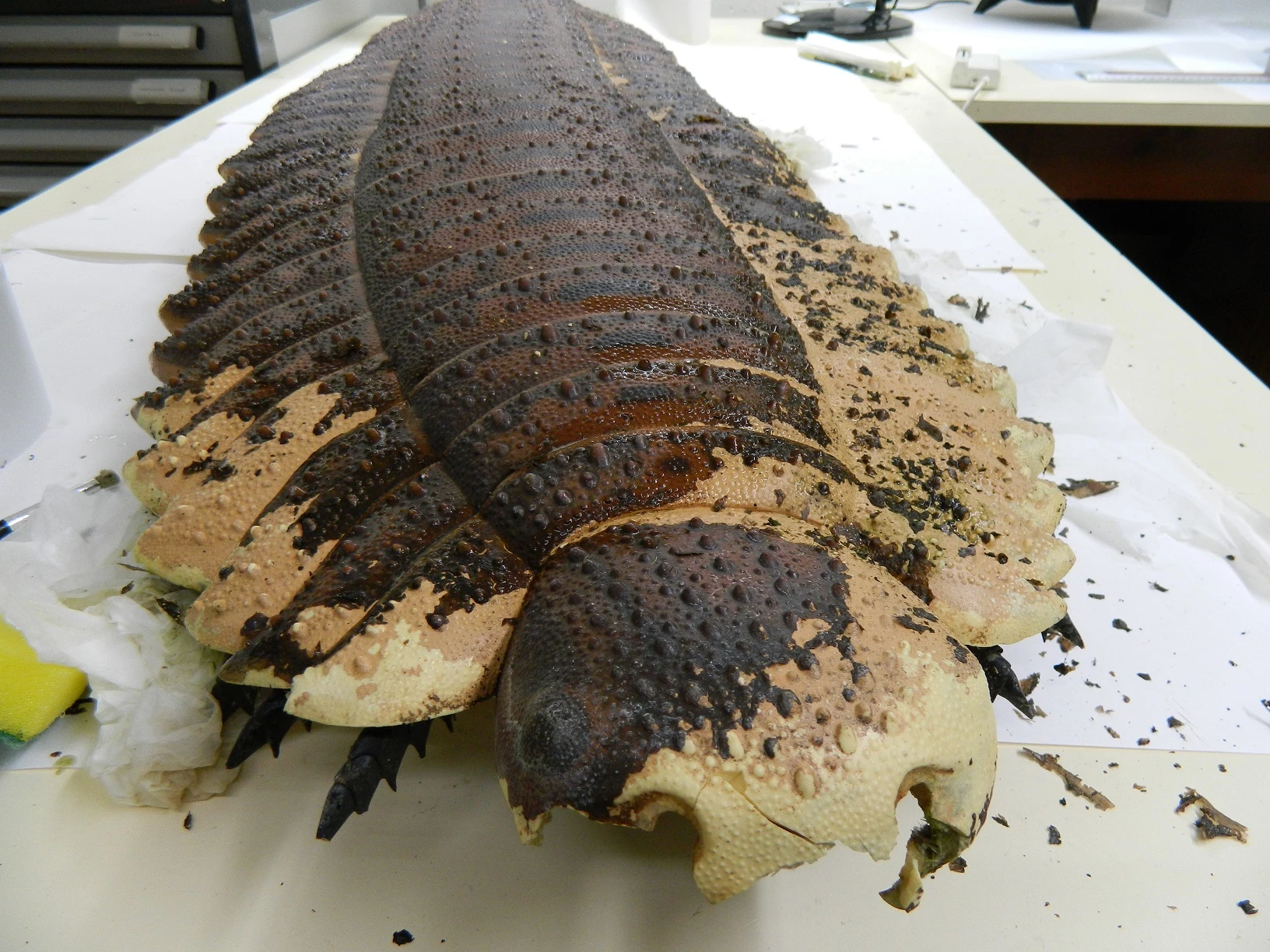
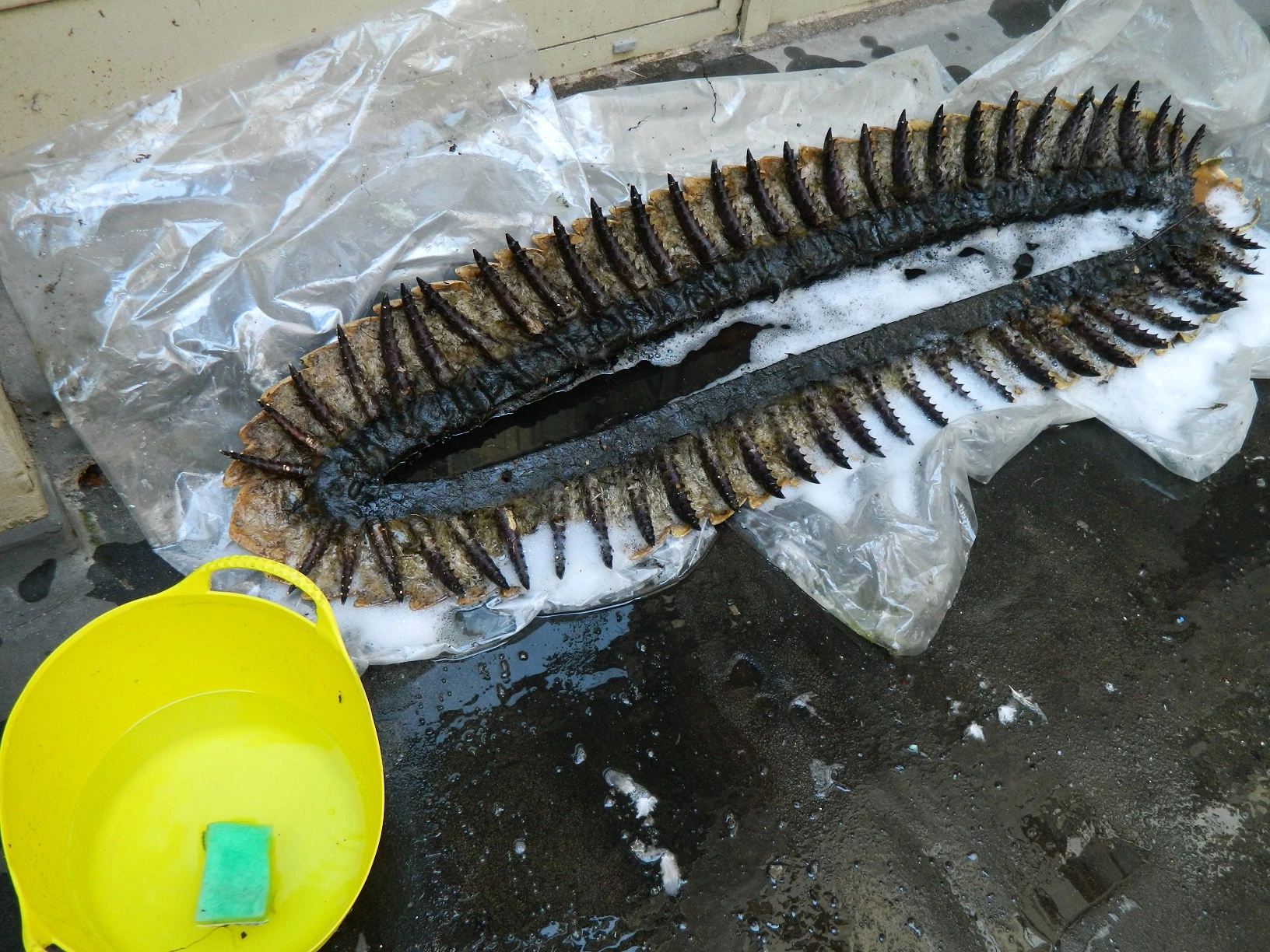

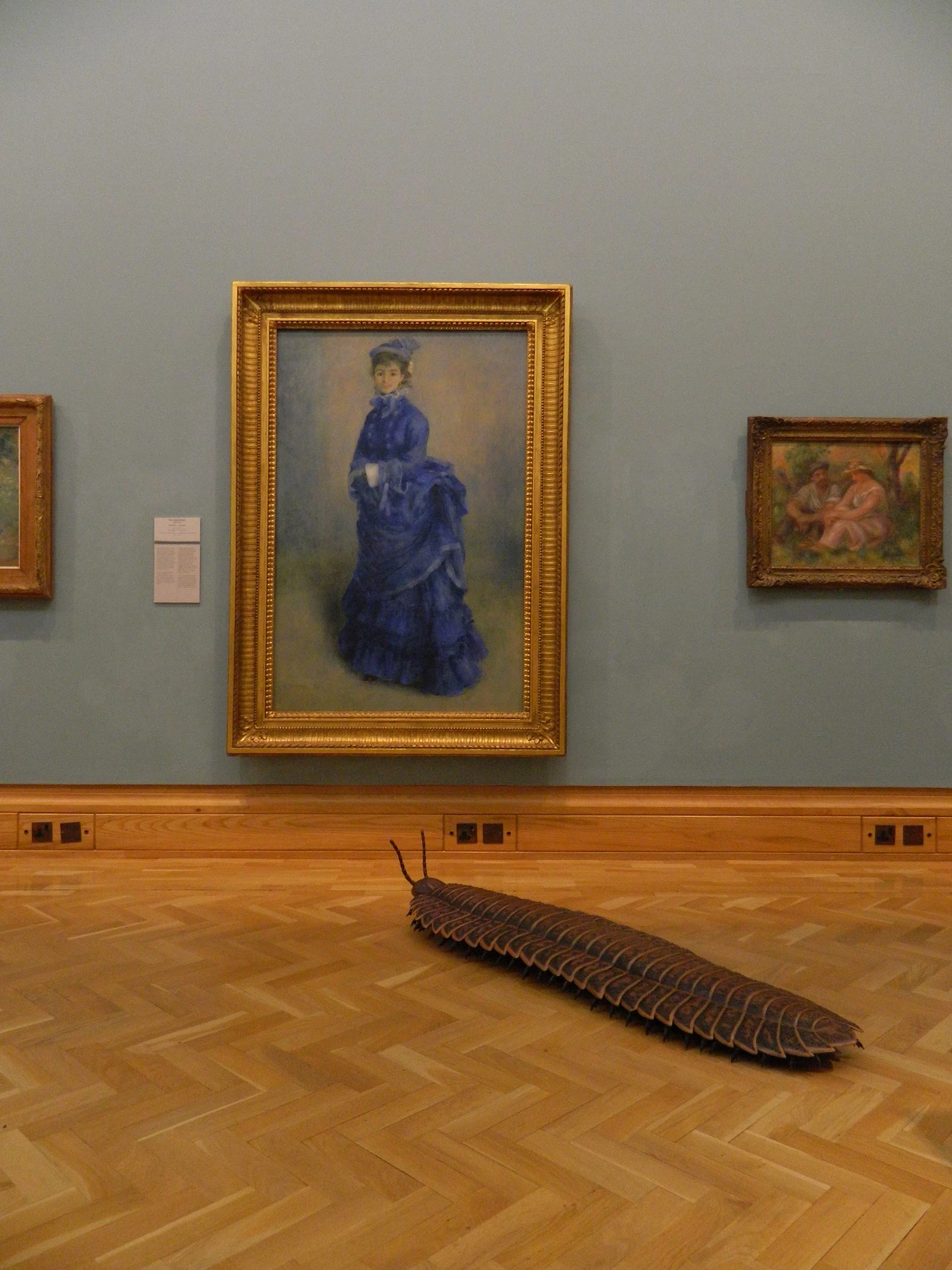
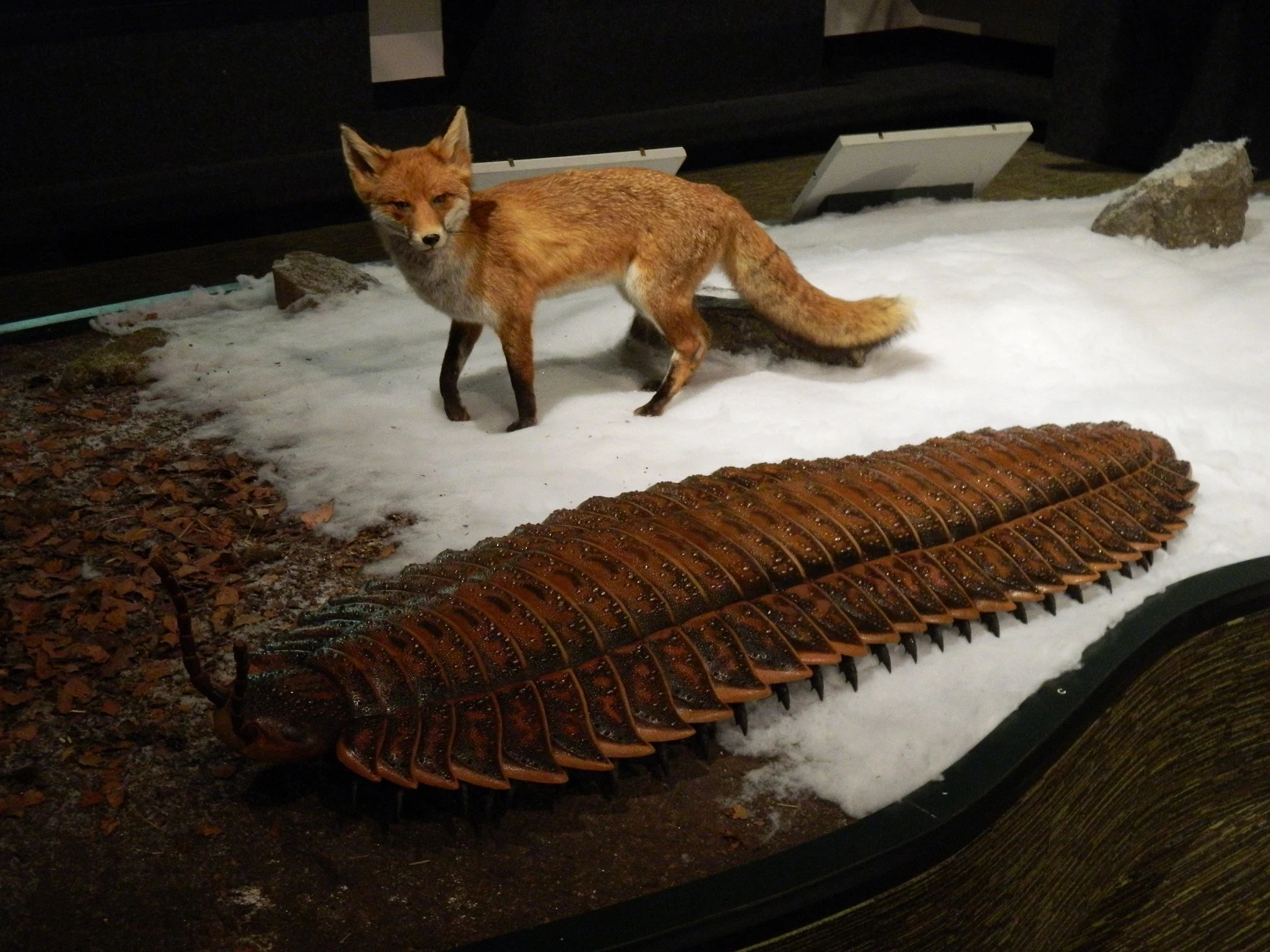
.webp)
.webp)
.webp)
.webp)